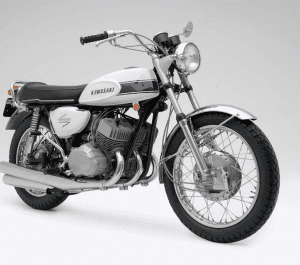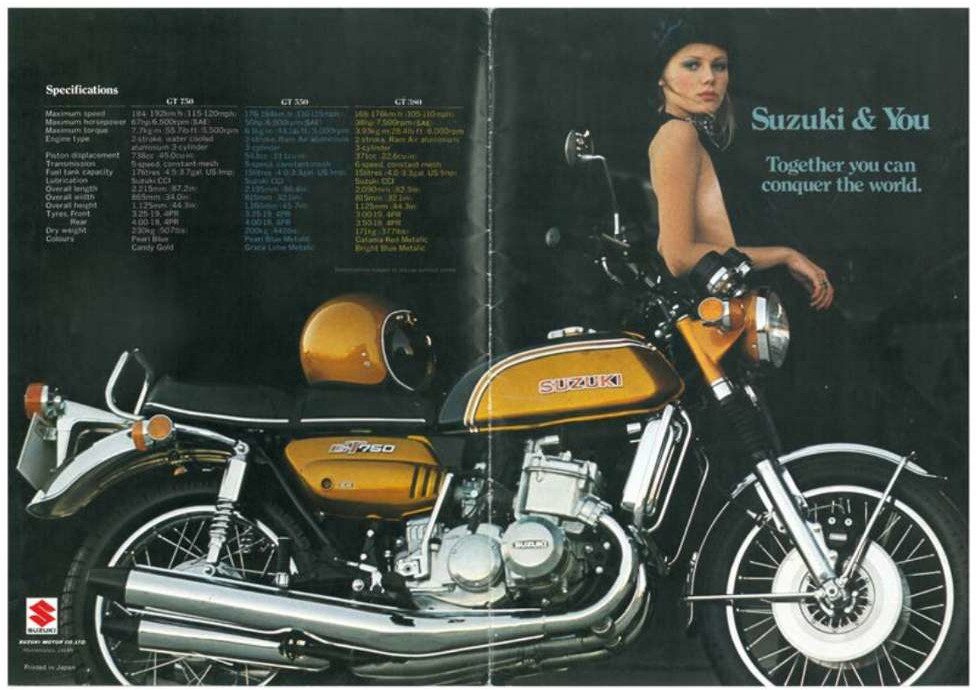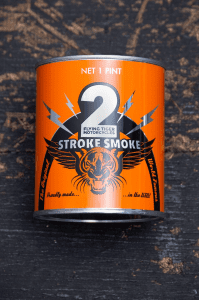They were fast. They delivered an instant rush to the cerebral cortex. Their engines were easy to maintain. So, why don’t we see 2-Stroke motorcycles on the roads anymore? In Part Two of our series on 2-Strokes, we delve into the demise of the road-going stink wheels.
OK, so they weren’t that fast when compared to bigger-bore 4-strokes—the fastest production 2-stroke motorcycles had top speeds of 190 km/h compared to the 215 km/h that larger-capacity 4-strokes of the day were clocking. In addition, all that buzzing around came with a higher price tag given 2-Strokes’ voracious thirst for fuel. Then, there was the environmental impact. The US Environmental Protection Agency was not amused by all that noise and smoke; and this had a tremendous impact on the market.
The real reason the 2-stroke era ended

The main reason for the end of the 2-stroke era, though, was that they were too easy to fix. As you’ll recall from Part 1 of our series, 2-stroke engines are much simpler with fewer moving parts than 4-strokes. Most riders could maintain them with common tools and they would last forever. This was a shot in the arm for motorcycle manufactures and service centres with revenue models built on continuously selling and servicing motorcycles.
Imagine being the head of one of Japan’s Big 4 in the 70s...
You could develop 2-Stroke motorcycles that lasted longer, could be fixed by anyone with some tools and a bit of sense, but risked being illegal in your largest market—a ban on 2-Strokes in California was already being discussed by the mid 70s.
Orrr… you could develop 4-stroke motorcycles that had engines with valves and shims and cams and timing chains that required constant maintenance with special tools and factory expertise—all of which would wear out and need to be replaced; motorcycles that carried a bigger displacement number on their side, and thus a bigger price tag (this one goes to 11!); motorcycles with engines that didn’t run afoul with emissions regulators.
What would you do?

"The greatest decade in the history of mankind is over. And, as Presuming Ed here has so consistently pointed out, we have failed to paint it black.”
- “Danny”
And then they were gone... but not quite
So it was that, after reaching a peak in the mid 1970s, the era of the blue smoke rider began to give way to that of the 4-stroke—but not before a brief resurgence, in the mid 1980s, from all but Kawasaki: Suzuki produced the RG500 with its square-four engine from 1985-1987; Yamaha had its RZ500 from 1984-1986; and, never one to be left out of the game, Honda came out with the NSR500, in 1984, which it continued to produce until 2002.
One can’t help but wonder, though, what the rider reaction must have been back in the day when these fire-breathing dragons first came on the scene. This was a time when 4-stroke 650s were considered big bikes that were untouchable. Then, along come these 500cc and 750cc, 2-Stroke monsters that you could hear and briefly see before they disappeared into the distance in a blue haze. My God! The Power!
...and not forgotten.
The 2-stroke production era may have ended; however, the stink wheels spirit continues to thrive through groups such as the Toronto Smoke Riders and a plethora of Internet groups. Finally, if you were fortunate enough to have owned one of these two-wheeled beasts and sold it (you fool!), you can relive those memories in the comfort of your living room with a 2-Stroke-scented candle from Flying Tiger Motorcycles.
Do you own a 2-stroke? Did you own one in the past? Tell us about it–we love to hear from other riders!






